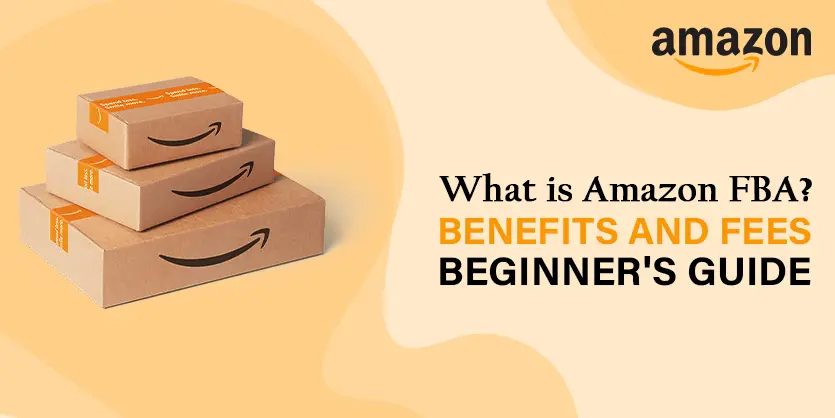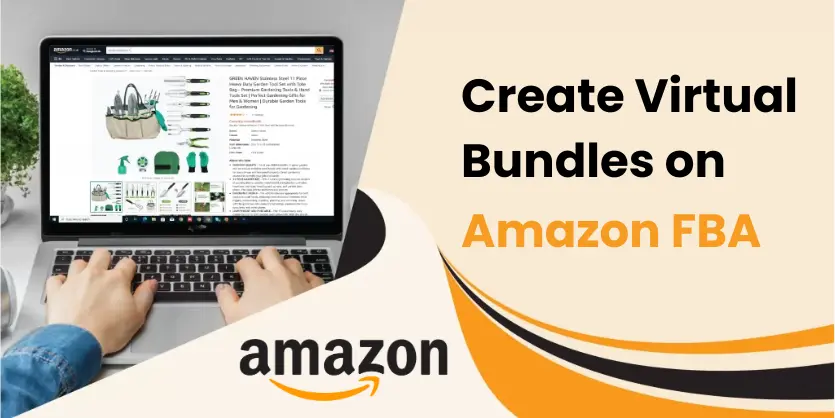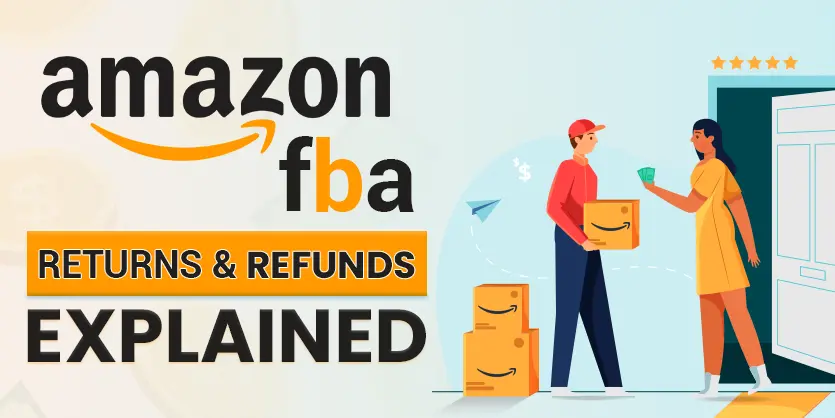If you’re thinking about starting an e-commerce business on Amazon, chances are high that you’ve come across the term “Amazon FBA” at some point. FBA can be a great option for Amazon businesses looking to save time and increase sales. In this blog post, we’ll cover what is FBA, the benefits you’ll get from FBA, and the fees that you need to pay Amazon for using FBA service.
What is Amazon FBA?
Amazon FBA stands for Fulfillment by Amazon. FBA is a service provided by Amazon that allows sellers to store their products in Amazon’s fulfillment centers. Amazon takes care of the storage, picking, packing, and shipping of the products to customers. They also handle customer service and returns. This means that you can focus on growing your business and let Amazon handle the logistics.
You just need to list your items on Amazon FBA and send your items to the FBA warehouse. After that Amazon will handle everything for you and reduce your headache. Of course, you have to pay Amazon to do all that on your behalf.
Why Should You Enroll in Amazon FBA?
Now that you are aware of the overview, let’s focus on why you should enroll in FBA. FBA will take care of your inventory storage, shipment, and everything, 91% of the Amazon sellers are using the FBA service. Let’s know the advantages you can get from FBA:
- Prime Eligibility: When you list your items on FBA, your products become eligible for Amazon Prime 2-day shipping, free shipping, and more. Amazon prime members will have free 2-day shipping and other buyers will have free shipping. It’s definitely a plus point to encourage buyers to buy your items.
- Increase Visibility: When you use FBA for fulfillment, Amazon automatically boosts your item’s search rank. It actually is a great deal as getting ranked on Amazon is really tough. This is because Amazon prioritizes products that are fulfilled by them.
- Customer Service: Qualified FBA listings are displayed with the Prime logo, so customers know that Amazon handles packing, delivery, customer service, and returns. FBA customer support will deal with customers’ queries as well as will handle returns.
- Time savings: Once you are using FBA for fulfillment, Amazon let your business scale quickly. There’s no minimum for the number of products you send to FBA. Amazon handles the details to save you time, so you can focus on your business. Amazon FBA offers specialized services which can help you grow your business without new investments in capital.
Amazon also offers some programs like FBA Small and Light, Subscribe & Save, FBA Pan-EU, and Multi-Channel Fulfillment. You can use these programs at your convenience.
What are the Fees Included in Amazon FBA?
In exchange for the services and all the benefits you’ll get from FBA, Amazon charges some fees. Now let’s see the fees included in Amazon FBA. There are mainly 4 types of fees you need to pay.
- Selling Fees
Selling fees on Amazon refer to the charges that sellers pay to Amazon for the privilege of selling their products on the Amazon marketplace. These fees can vary depending on the seller’s chosen selling plan. Amazon offers several selling plans for individuals and businesses. The two main plans are the Individual Plan and the Professional Plan.
- Individual Plan: The individual plan is for small or part-time Amazon sellers. This plan only costs you when you get a sale from Amazon. It’s $0.99 per item sold, with some additional fees. Otherwise, it will not cost you anything. But unfortunately with this plan, you can only sell 40 items per month.
- Professional Plan: The professional plan is for full-time sellers. You can sell any amount you want. You can use advanced selling tools such as APIs and reports. Also, with the professional plan, you can sell products in restricted categories. This plan cost $39.99/month.
- Referral Fees
Amazon referral fees are the fees that sellers on Amazon pay to the platform for every item sold through the Amazon marketplace. For every item sold, you must pay Amazon a percentage of the total price which includes the item price, shipping cost, and any gift-wrapping charges. On average it’s about 15% of the total price. But referral fees are calculated based on categories. For example, if you are selling a Backpack you have to pay a 15% referral fee, and if you are selling Video Game Consoles, you have to pay 8% of the total price as a referral fee.
- Fulfilment Fess
Fulfillment fees are basically calculated based on the weights and dimensions of your product. Fees per unit include picking, packing, shipping, and handling your orders, as well as customer service, and product returns.
The fees for fulfilling your items through Amazon start from $3.22. This is the lowest fulfillment fee. It’s for a 15″ x 12″ x 0.75″ dimensional small non-apparel item, which is 4 oz. or less in weight. So to calculate the fulfillment fees you need to know your item’s dimension and weight.
- Additional Selling Fees
When you send the items to Amazon, Amazon needs to store your items until they are sold. Inventory storage fees are charged monthly based on the daily average volume (measured in cubic feet). The volume is measured based on the unit size after properly packaged and ready to ship.
For this storage facility, you need to pay a storage fee of a minimum of $0.87 per cubic foot. That’s only if you are storing your items from January – September, and your item is in standard size. For oversized items, it’s $0.56 per cubic foot. Also, to store items from October – December, which is the busiest period of the year, the storage fee goes up to $2.40 per cubic foot for standard size and $1.40 per cubic foot for oversized items.
That’s pretty much everything for the FBA fees, except for some additional selling fees, such as High-volume listing fees, Rental book service fees, etc. Some of these fees are not directly for FBA. But you need to pay to sell on Amazon FBA. You can estimate your FBA cost through the FBA Revenue calculator. We have a video guide to help you use the FBA calculator. It’s best you estimate your cost first, it also tells you the probable net profit margin you’ll get from the item.
Final Thoughts
Now you know all about FBA, the benefits you’ll get from it, and the expenses with the profit margin. What to do next? You need to list your items on Amazon FBA and send your items to FBA. Amazon FBA can be a convenient option for sellers looking to streamline their fulfillment process and reach a larger audience, but it is important to consider the fees and other factors as well.
We hope this article will be helpful for you. If you still find difficulties with Amazon FBA fees and charges, feel free to comment below. We are always ready to help you with any e-commerce-related solution.



